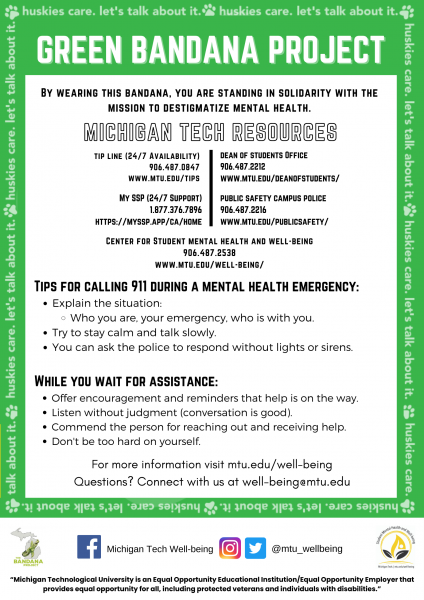What is your favorite thing to do at the end of the day? For some, it is jumping into the never-ending world of gaming. There are games for every genre and every level of play. Coordinator, Hannah Bershing, shares with us a game that she has recently found interest in. After a long day, it’s something she looks forward to – as she can escape reality for a bit and rewind.
“After recently being introduced to the game Tunic, I have learned how relaxing video games can be. Coming home at the end of the day and spending some time exploring the fantasy world as a little fox, is what I look forward to, as I’m sure others can relate to it after a long day.
Some genres of games provide social features that enable you to connect with your friends or others online. This can open the door to finding others with your shared interests! The Oxford Internet Institute of Research found that those who could connect with others through games like Animal Crossing, were reportedly happier the longer they were online and playing with others.
An important aspect of well-being is finding those to connect with and creating relationships with people – which can be easier said than done. However, gaming could bridge the struggle of helping people find others who are also interested in the same things. Online gaming also has other properties that are beneficial to well-being, such as the ability to use creative skills and problem-solving strategies to enhance experiences. For example, in Tunic, I can customize my fox’s avatar and choose my path of play in the world provided. I can help rescue fairies or explore every other unique element of the world. This alternate universe allowed me to still keep my mind active, while also choosing my path of play and creativity.
During the spring 2022 semester, I observed the E-sports team for a class paper I was writing and one of the most impactful things I observed was the connection between members. The game they played brought them together and allowed them to work with others to fight battles and play against other teams. Although video games are often looked down upon for various reasons, there is another side that people often overlook that covers creativity, self-expression, healthy competition, and connection. So, whether you are hanging out with a fortnight realm with friends, completing missions in Skyrim, or playing Animal Crossing after a long day of classes, it’s important to consider whether or not you are playing as a form of self-care. Then, depending on what you observe, lean into your game and the time you set aside to relax and unwind.”
We have developed a short list of video games that are well-known for their themes related to mental health and well-being. Although we have not played all of them ourselves, each game comes highly reviewed and we hope that it will offer you some enjoyment!
